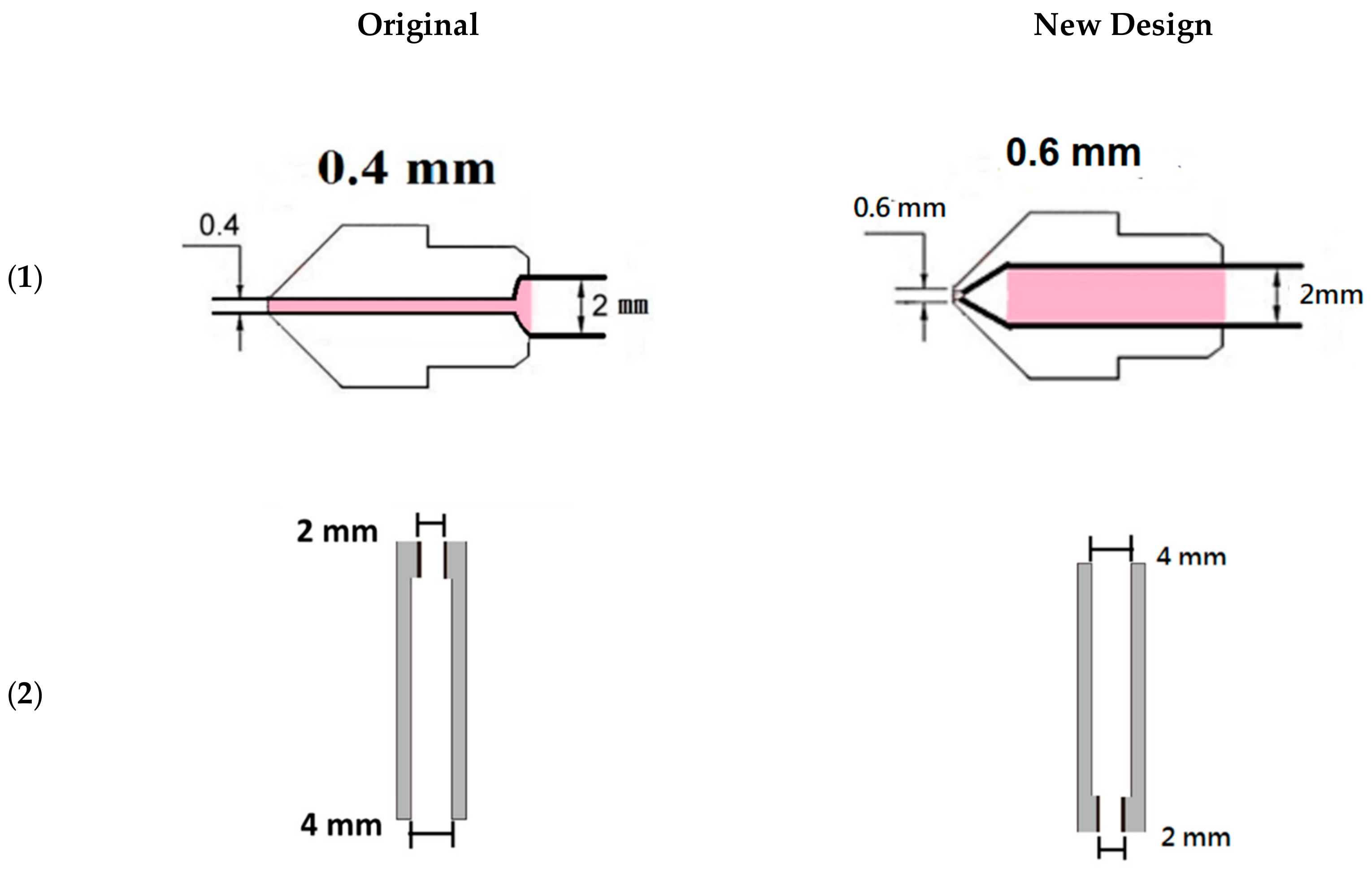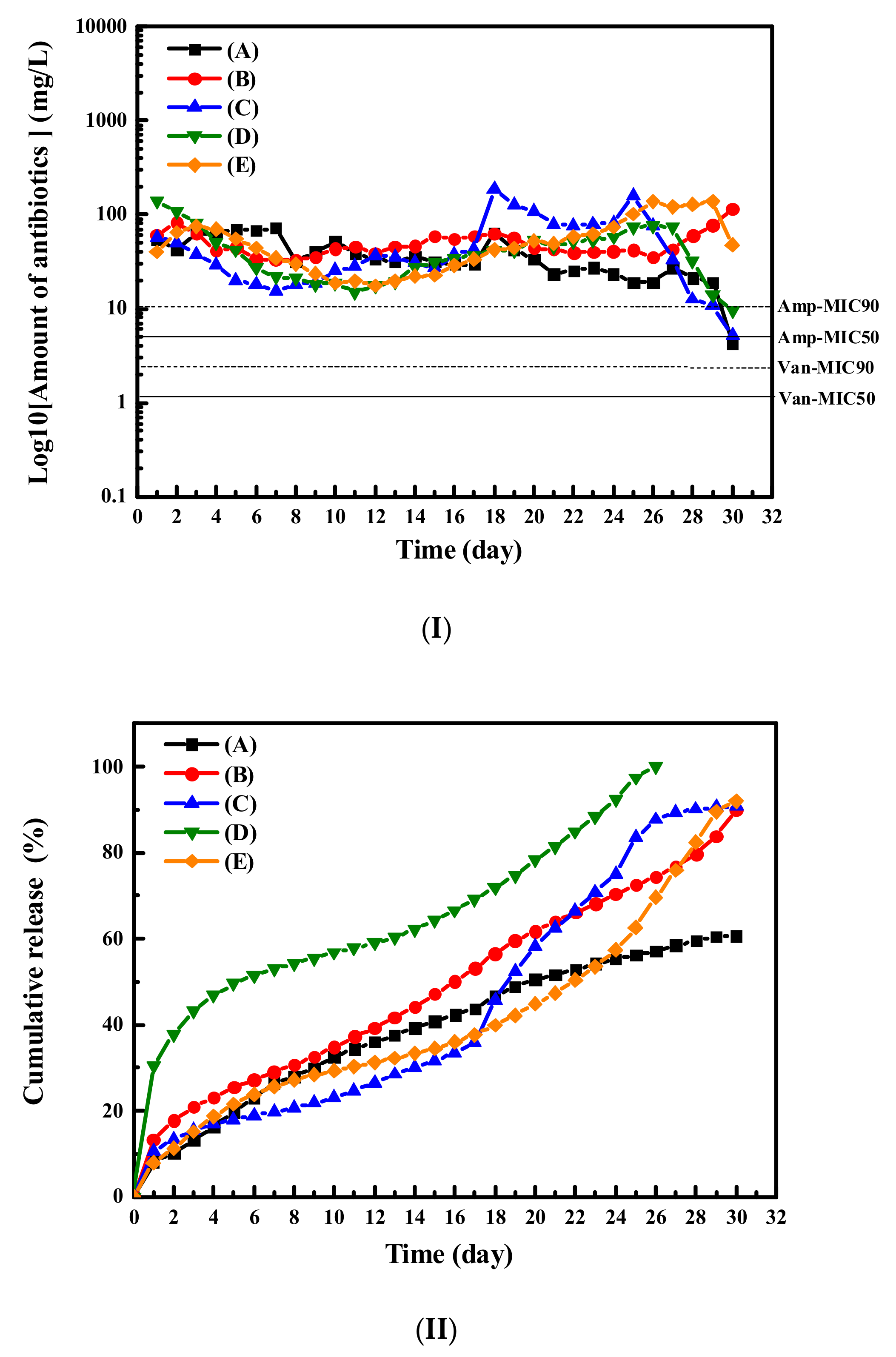In the recently published ‘Preparation and Characterization for Antibacterial Activities of 3D Printing Polyetheretherketone Disks Coated with Various Ratios of Ampicillin and Vancomycin Salts,’ Taiwanese researchers are experimenting with innovative coatings for materials like PEEK. Using a customized 3D printer, the team fabricated sample disks coated with ampicillin and/or vancomycin salts.
Referring to polyetheretherketone (PEEK) as an ‘interesting polymer,’ the authors note that it has been used in previous applications such as bone and tissue engineering, serving as a semi-crystalline polymer offering suitable similarities to human bone, making it ‘a good candidate’ for orthopedic implants. There are challenges, however:
“… relative high melting (~340 °C) and glass-transition (~190 °C) temperatures for PEEK compared with traditional low-crystalline polymers used in commercial 3D printers based on fused modeling result in difficulty in their fast manufacture.”
Here, the researchers employed their Black Magic 3D Prusa i3 for fabricating their peak samples.
“Various ratios of ampicillin sodium salt and/or vancomycin sodium salt mixed with the hydrolysis PLGA polymer were coated onto the 3D-printed PEEK disks using dip coating. In vitro antibiotic agent release profiles from the surfaces of PEEK disks into the buffer solutions and their bacterial inhibition tests on the organisms were carried out in this study to evaluate the antibacterial properties of the PEEK disks,” explain the researchers.
The researchers used a metal tube to connect the heated nozzle to the gear system, and then set two temperatures at 340 °C and 360 °C, respectively, to make the filaments melt in the nozzle and drop in stalagmite form while forming the 3D printed samples. During the study they decided to ‘re-modify’ the nozzle and metal tube, realizing that the diameter of the nozzle was a problem, causing major failure in prints.

Printing results of polyetheretherketone (PEEK) samples with temperatures of (I) 340 °C and (II) 360 °C in the heated nozzle at the initial printing stage.
For the heated nozzle, diameters of 0.8 mm and 1.0 mm did not result in the proper stalagmite shapes; however, the research team was successful after switching to a diameter of 0.6 mm.

Summary of the original and new designs for the heated nozzle (1) and metal tube (2) used in this study.
The area of the metal tube with a 2 mm diameter connected to the nozzle injected the PEEK material smoothly—much better than the initial commercial 3D printer the researchers used.

(I) Short-term release profiles and (II) the cumulative release profiles for the total amount of antibiotic agents released from PEEK into the buffer solution for samples (A)–(E).

(I) Long-term release profiles and (II) the cumulative release profile for the total amount of antibiotic agents in the buffer solution for samples (A)–(E).
“For the drug release profile tests of antibiotic agents in the buffer solution, stable drug release profiles for ampicillin and/or vancomycin from the samples into the buffer solution were observed and made the concentrations of antibiotic agents in the buffer solution higher than the values of MIC 90 on S. aureus within a 30-day tests,” concluded the researchers.
“Bioactivities of the ampicillin and/or vancomycin loaded on the PEEK substrates can maintain at least 28 days. The loading ratio of vancomycin (50%) and ampicillin (50%) on the PEEK substrate showed good antibacterial performance compared with other samples. This study showed that a simple and low-cost 3D printing method for the preparation of PEEK/antibiotic agent material can have further applications in biomedical-related technology.”
Undoubtedly the focus on materials will continue to fascinate users around the world engaged in a variety of different projects using PEEK, PLA, composites, metal, and much more. What do you think of this news? Let us know your thoughts; join the discussion of this and other 3D printing topics at 3DPrintBoard.com.
[Source / Images: ‘Preparation and Characterization for Antibacterial Activities of 3D Printing Polyetheretherketone Disks Coated with Various Ratios of Ampicillin and Vancomycin Salts’]Subscribe to Our Email Newsletter
Stay up-to-date on all the latest news from the 3D printing industry and receive information and offers from third party vendors.
Print Services
Upload your 3D Models and get them printed quickly and efficiently.
You May Also Like
Heating Up: 3D Systems’ Scott Green Discusses 3D Printing’s Potential in the Data Center Industry
The relentless rise of NVIDIA, the steadily increasing pledges of major private and public investments in national infrastructure projects around the world, and the general cultural obsession with AI have...
Formlabs Teams Up with DMG MORI in Japan
In late June, Nick Graham, Chief Revenue Officer at Formlabs, announced on LinkedIn that the company had partnered with DMG MORI, one of the world’s leading machine tool companies, to...
EOS in India: AM’s Rising Star
EOS is doubling down on India. With a growing base of aerospace startups, new government policies, and a massive engineering workforce, India is quickly becoming one of the most important...
3D Printing News Briefs, June 25, 2025: R&D Materials, 3D Printed Veneers, & More
In today’s 3D Printing News Briefs, 3DXTECH has launched a program that gives customers early access to experimental materials, and the first Lithoz CeraFab Multi 2M30 in the Czech Republic...



































